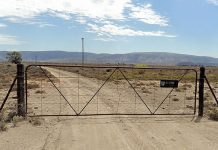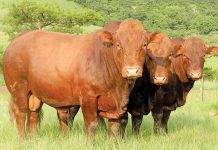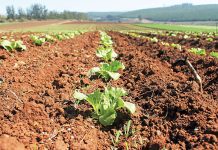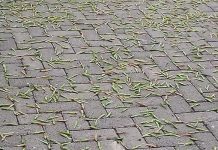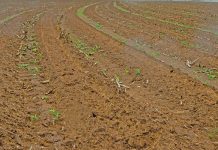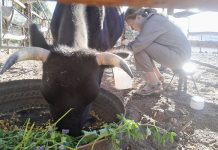
Photo: Supplied
Dr Gerhard Verdoorn, operations and stewardship manager at CropLife South Africa, said that South Africa recently experienced one of its biggest infestations of African armyworm on record, with the outbreak spread across the summer rainfall region.
While African armyworm usually only attacked pastures and veld, soya bean, maize and sunflower crops were also struck this season due to the large scale of the infestation. Fortunately, damage to these crops have been minimal, said Verdoorn.
The outbreak, which began on 15 February, subsided from mid-March, after which no new reports of damage or sightings were received.
However, Verdoorn said that another strike could come this or next week, and added that it was unlikely to be as severe as the February outbreak because of cooler temperatures.
Prof Johnnie van den Berg, programme manager of Integrated Pest Management at North- West University, agreed.
“Temperatures have been too cool for the pupae of the February African armyworm to develop into moths, which means that the next generation no longer poses a risk.
“[However], other strikes will originate in hotter, northern African countries, from where the wind might carry them to South Africa,” he said.
Scouting difficulties
Van den Berg advised farmers to scout for African armyworm over the next couple of weeks as early control was key to successful eradication.
“African armyworm control becomes increasingly difficult (if not impossible) as the larvae grow older and become bigger.”
However, it was difficult for the layperson to distinguish between African armyworm, fall armyworm (Spodoptera frugiperda) and cutworm (family: Noctuidae) moths, he said.
“All these moths have pale hindwings with spots on their forewings.
“Once the moths are spotted, [however], you can be sure there will already be larvae on your [lands],” Van den Berg said.
Scouting for small larvae was also difficult.
“Most pasture farmers have lots of land, making it difficult to scout for small larvae. They might therefore be better off evaluating bold patches of pasture for signs of African armyworm larvae,” Van den Berg advised.
This article was updated on 25 March 2025 at 17:22pm to reflect new outbreak locations.
The Department of Agriculture, Rural Development & Environmental Affairs has confirmed 31 cases of African armyworms in the Free State in the past two days. Outbreaks have been confirmed in Letsemeng Local Municipality – Jacobsdal, Luckhoff, Koffiefontein, Petrusburg, Perdeberg and Emmaus.
According to the statement, the department will provide support in terms of pesticide and blowers so that farmers can spray the affected areas. A briefing session and training for officials and farmers will take place:
- Petrusburg: 26 March at 10am
- Jacobsdal: 26 March at 13:30pm

